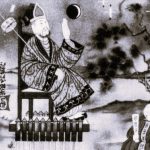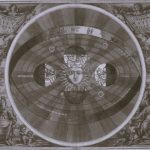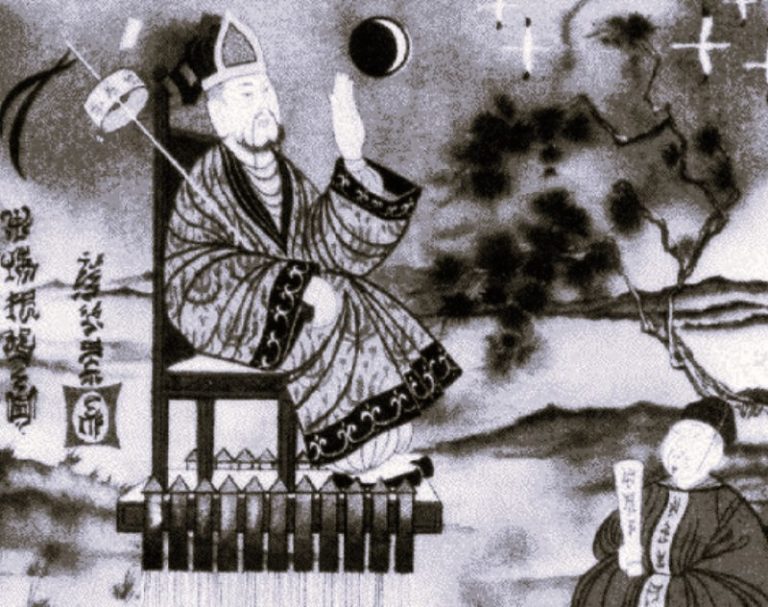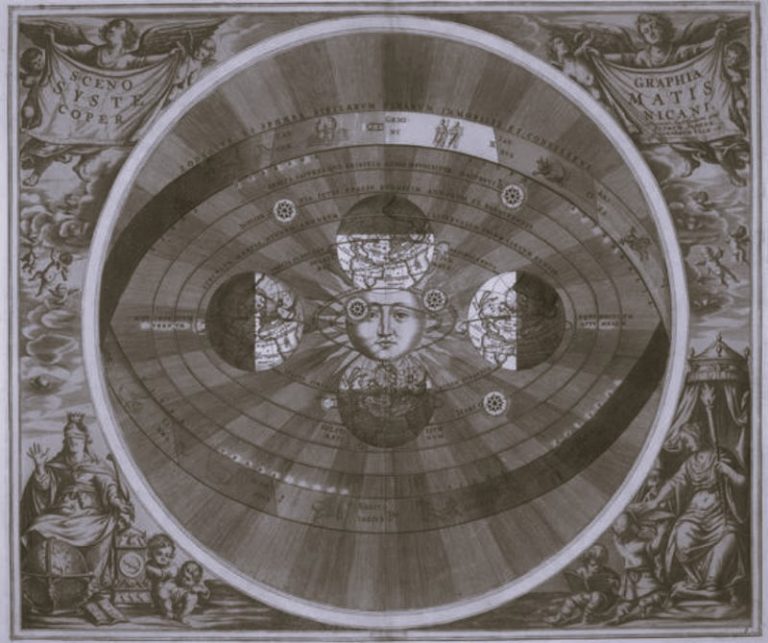

The search for a commodity that the Chinese wanted to buy led the British to develop opium plantations in Bengal.

By Dr. Peter C. Perdue
Professor of History
Yale University
Luxury exports from Canton—fine porcelain, furniture, lacquer, paintings, and figurines—attracted the most attention as art objects but were not the primary goods of trade. The original China trade was a simple bulk exchange of commodities. Until the mid 18th century, 90 percent of the stock brought to Canton was in silver, and the primary export was tea. In 1782, for example, ships carried away 21,176 piculs (1408 tons) of tea, 1,205 piculs (80 tons) of raw silk, 20,000 pieces of “nankeens” (cotton goods), and a small amount of porcelain. After the mid 18th century, the British began shipping large quantities of woolens from their factories to replace the drain of silver bullion, but this was not enough to balance the trade. They also needed to supply goods to China from within the Asian trading networks. Raw cotton from India was the most important commodity, but they also brought in sandalwood, elephants’ teeth, beeswax, pepper, and tin.

When Americans entered the trade in the 1780s, the primary product they had to offer besides silver was furs. Neither woolens nor furs suited the subtropical climate of Canton very well, so it is not surprising that sales were slow. The Americans discovered that they could also profitably import ginseng, a popular medicinal root, and beche-de-mer, or sea cucumber, a delicacy served in soups at Chinese banquets.

The search for a commodity that the Chinese wanted to buy led the British to develop opium plantations in Bengal in India once they had secured control of it after 1757. The Americans found their opium source in Turkey, exported through the port of Smyrna. By the early 19th century, opium comprised a substantial portion of imports. It was illegal for the East India Company itself to deal in opium, but private British traders and the Americans developed extensive smuggling networks. For private traders, opium imports in 1828 were worth 11.2 million dollars, or 72% of total trade.

Although the primary profits of trade came from these basic commodities, every trader brought back, in addition to the tea and silk, artistic objects to demonstrate his taste or respond to demands from his family. Chinoiserie, or fascination with China, spread through 18th-century European literature and philosophy and expressed itself materially in the abundant artifacts produced in China for the foreign community.



Teas, textiles, and common porcelains—the mainstay of the China trade—stimulated Western consumers’ appetites for more refined Chinese crafts. Chinese artisans modified traditional Chinese products to meet the demand. Luxury goods exported from China included fine porcelain, decorated specifically for Western taste and interests, figurines, and furniture. The porcelain and furniture, here shown with an images of Macau and Canton, gave Western consumers in Europe and America stylized images of a Chinese landscape that mixed fantasy and reality.
The luxury art objects generated images of China as a wealthy, refined, artistic civilization in the West. These objects inspired as much fantasy as reality. The landscapes on the porcelain dishes and lacquerware were highly stylized to blend Chinese and European aesthetic modes. The mandarin figurine pictured above depicts an official whom, under the restrictions of the Canton trade system, foreigners were almost never allowed to meet. The portrait below of the “Fou-yen of Canton” by William Alexander shows a high official in his imperial robes at a Western dining table, using a knife and fork, documenting an English banquet held during the 1793 diplomatic mission of Lord Macartney. It is unlikely that any Chinese official ever attended this kind of banquet again. In these objects, the Europeans and their Chinese producers created an imaginary cultural vision that combined what they wanted to select from each of their radically different traditions.

Originally published by Visualizing Cultures, Massachusetts Institute of Technology (MIT), under the terms of a Creative Commons Attribution-NonCommercial-ShareAlike 3.0 United States license.






